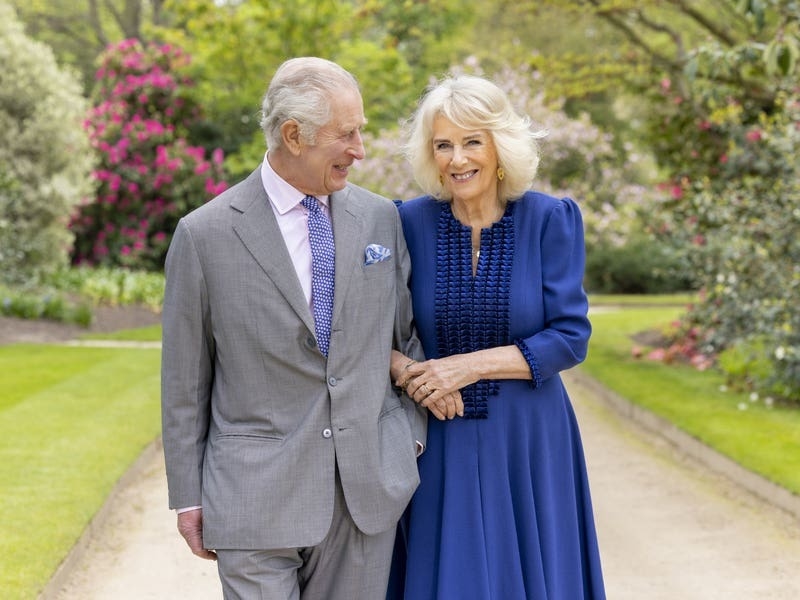There are just four breeding pairs of puffins left in the Island, compared with hundreds of pairs around a century ago. And this number has remained stagnant for the past few years.
The small colony can be found between Plémont and Grève de Lecq. Even around 20 years ago there could have been as many as 20 pairs. They were later to arrive this year and first sighted on the waters off Plémont at the end of March.
Birds on the Edge is an initiative that aims to support declining species by restoring coastal land.
Cris Sellarés, project officer for the conservation group, said: ‘We do not want to be the generation that lost the puffin.’
The bird can be found on stamps, photographs, artwork and products. Their multicoloured bills and often comedic, ungraceful landings have landed them with the nickname ‘clowns of the sea’.
‘The puffin is huge in the culture of Jersey’, said Ms Sellarés.
The puffins and many other important species that live on this part of the coast are threatened by invasive predators such as feral ferrets and rats, which she said had played a part in their historical decline.
She said: ‘We need to protect the cliffs from these “alien predators”, so we are looking at options on how to do so.’
Puffins only lay one egg so one unsuccessful breeding season or an egg eaten by an invasive species could spell disaster for the colony.
Concern had been raised that a decline in sand eels, a small fish which is a mainstay of the puffin diet, could lead to further problems but Ms Sellarés said the Jersey puffins have surfaced with their beaks full so there is the potential for the seabirds to thrive if given the chance.
And it is not just the puffin that needs protecting. Many other seabirds would benefit, including razorbills, which number around eight to ten pairs.
The seabird population in Jersey was decimated in 2014 during an extended bout of severe weather.
Puffin nests are not visible from the coastal path, which means the best place to see the seabirds is when they are on the water.
Early spring marks the most precarious time for them. Any disturbance could cause them to abandon their nests and the presence of boats near the breeding sites could be a disruption, Ms Sellarés said.
The Birds on the Edge project has also urged Islanders to follow the guidelines of the Seabird Protection Zone between Plémont and Grève de Lecq and avoid visiting this area by watercraft from March to July.
The presence of vessels there is monitored during regular puffin and seabird surveys. There was a 360% increase in leisure craft in the zone in 2020 compared to the previous year, a spike believed to be due to lockdown, with people exploring the Island more. And there have already been reports of kayaks in the area this year.
The conservationist is keen for the local community to get involved.
‘We want to engage the local community to participate and to enjoy the wildlife of the area, by offering more opportunities to enjoy and learn about it,’ she said.
Ms Sellarés said she had meetings with Jersey politicians and the Société Jersiaise, who had been supportive.
However, the project needs funding and she is now looking for support to carry on her work monitoring and looking after the colony, which she hopes will grow with help.






